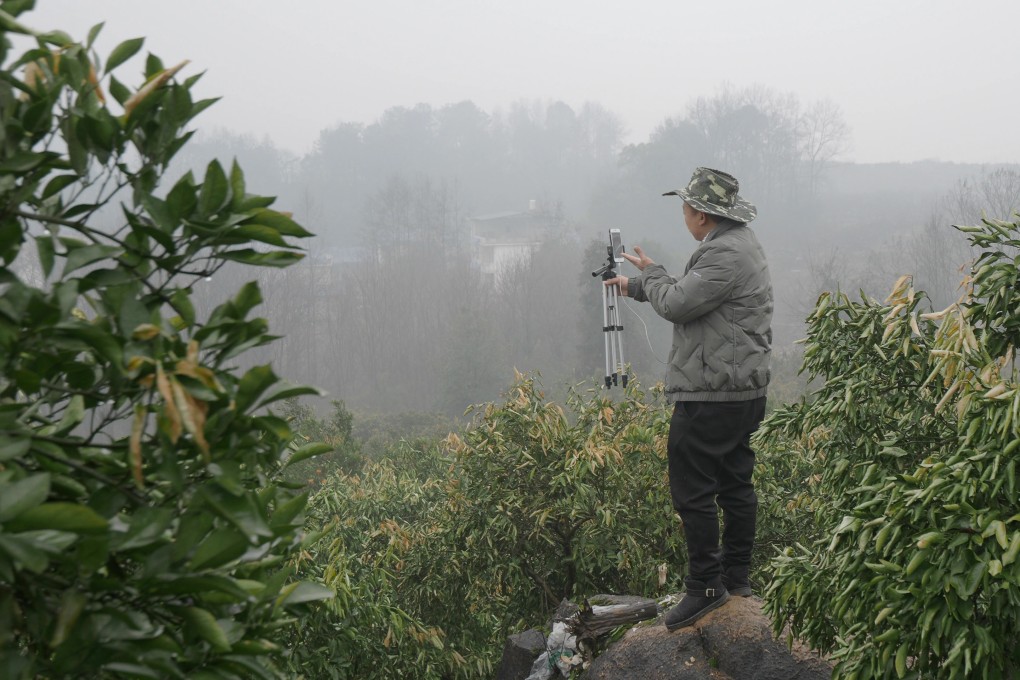The View | How blockchain and other digital technology can help China achieve its agriculture and climate change goals
- When farmers use smartphones and other technology to access actionable data, it could revolutionise profitability and sustainability
- Blockchain platforms could offer farmers complete visibility of seed purchase and crop management, enabling the matching of buyers’ needs across the nation

It has been over 40 years since China abandoned its large communal farms. Back when state monopolies procured farm production at fixed prices, farmers’ income was capped, giving them no incentive to produce more food.
Today, China produces about 20 per cent of the world’s food – a dramatic turnaround from the struggles in the 1960s and 1970s. The world’s largest agricultural economy, China produces 18 per cent of the world’s cereal grains, 29 per cent of the meat and 50 per cent of the vegetables. It is the largest producer of pork, wheat, rice, tea, cotton and fish.
However, farmers’ income remains low, averaging US$1,200 a year, according to economist Michele Geraci. Rural activity accounts for about half the income, with the rest coming from part-time work and remittances from urban family members.

